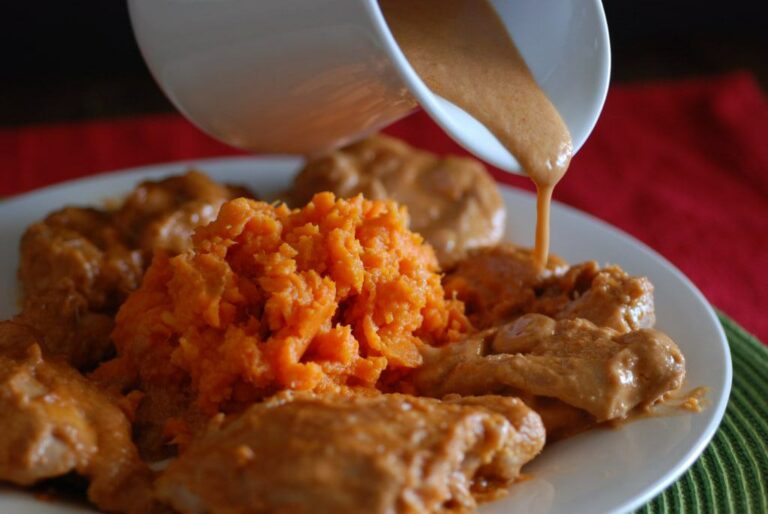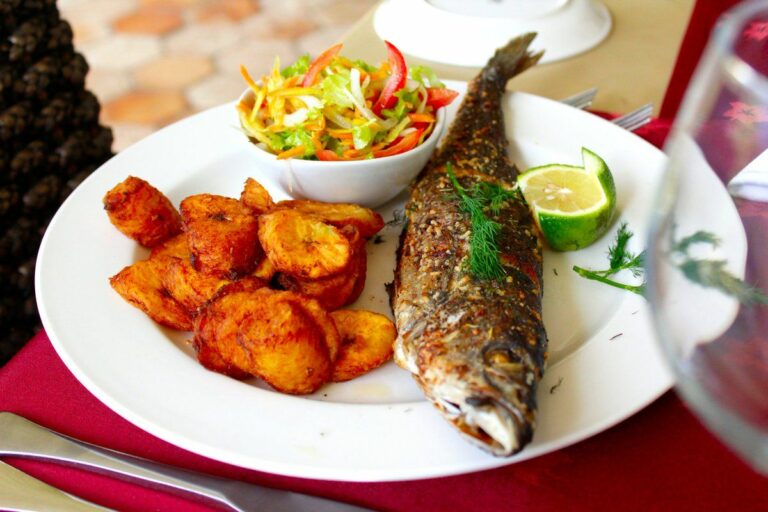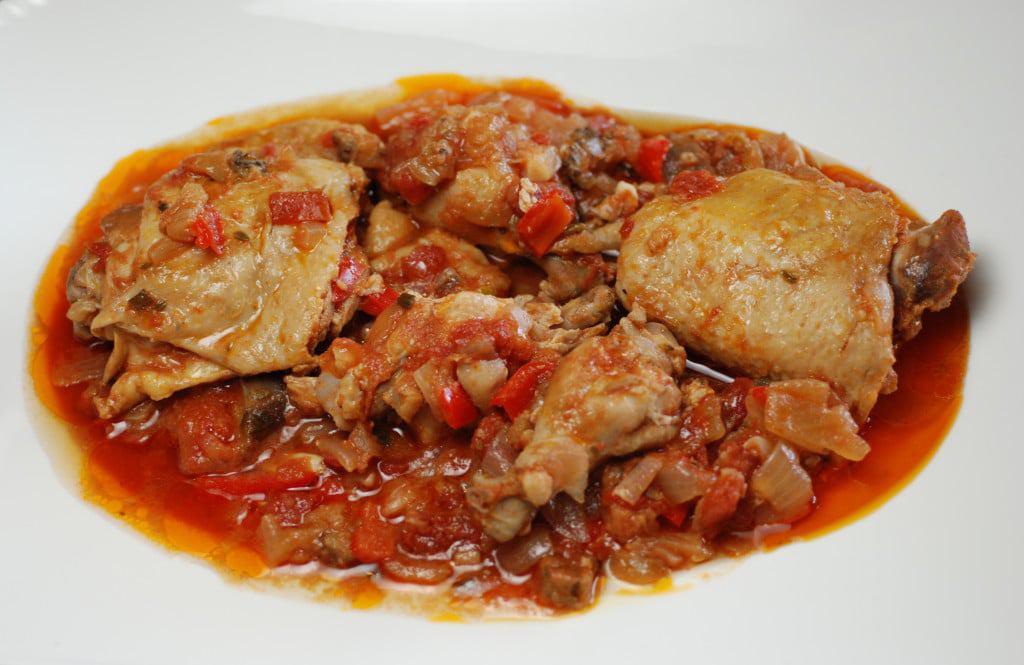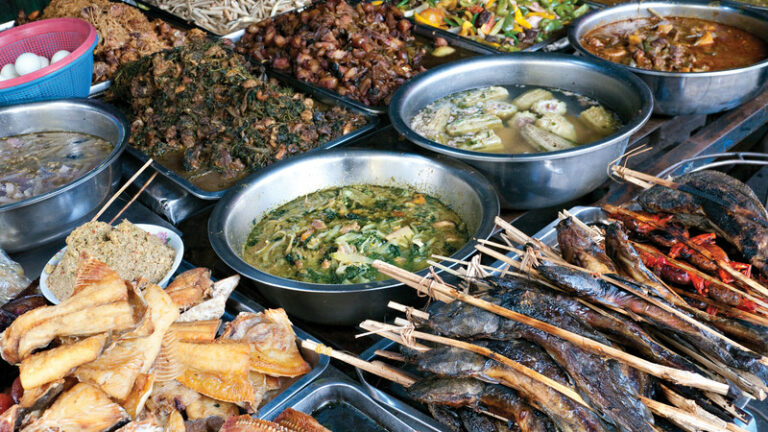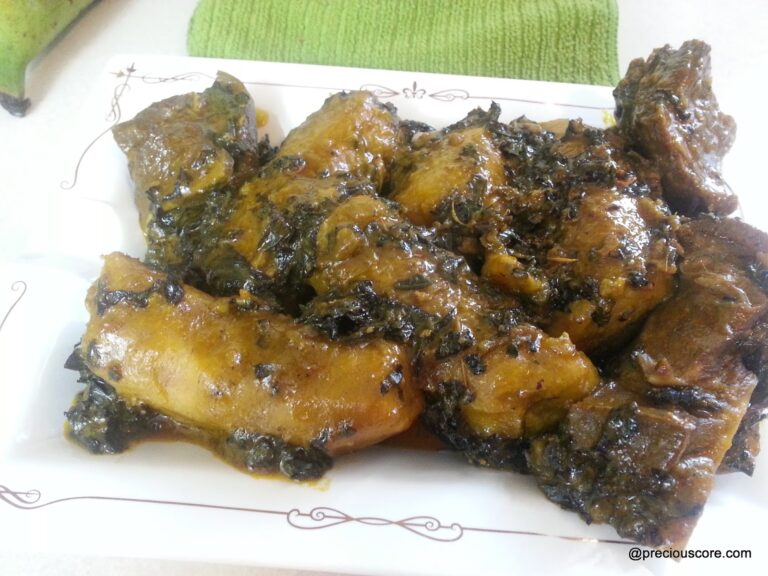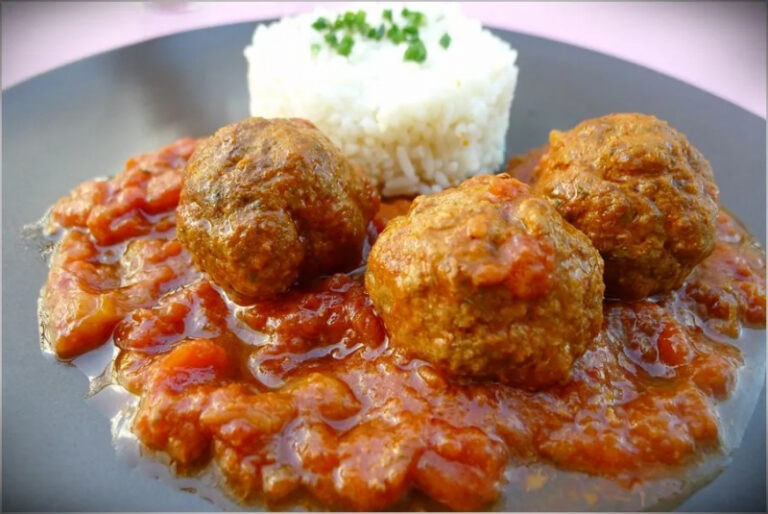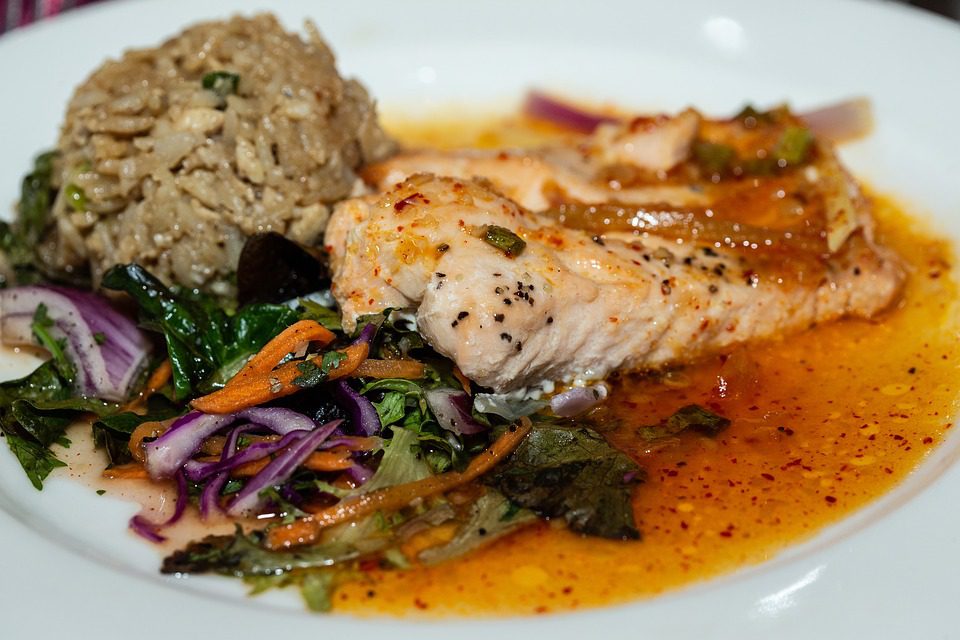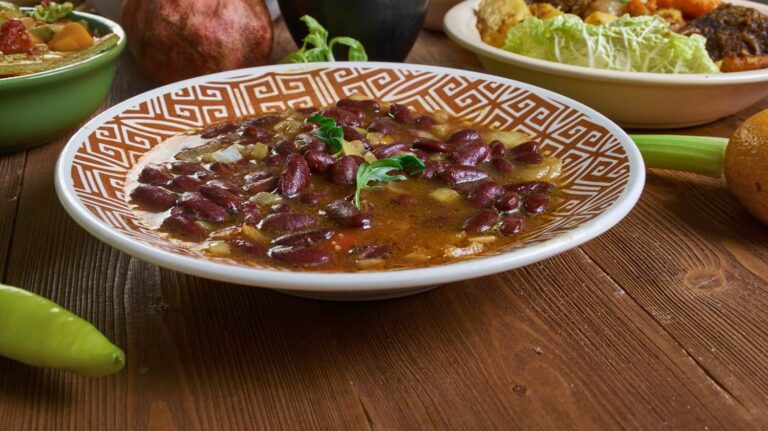Introduction: Exploring Vegetarianism in Burkina Faso
Vegetarianism is a dietary practice that has gained popularity across the globe for several reasons such as health benefits and concerns about animal welfare. Burkina Faso, a landlocked country in West Africa, has a rich culinary heritage, but is often known for its meat-based dishes. With this in mind, many people wonder if there are any vegetarian options in Burkina Faso cuisine. In this article, we will explore the vegetarian dishes in Burkina Faso, their cultural significance, and the emerging trend of veganism in the country.
Traditional Cuisine of Burkina Faso
Burkina Faso’s traditional cuisine is known for its use of simple ingredients and hearty flavors. The country’s staple foods include millet, sorghum, rice, cassava, and yams. Meat is also a significant part of the cuisine, with goat, beef, and chicken being commonly used. Traditional dishes in Burkina Faso are often spicy and feature a combination of vegetables and meat. One such dish is the “riz gras,” which is a rice dish cooked in a tomato-based sauce with vegetables and meat.
Vegetarianism in Burkina Faso: A Cultural Perspective
In Burkina Faso, vegetarianism is not as common as in other parts of the world. This is because meat is considered a symbol of wealth and is often used in celebratory meals. Vegetarianism is also seen as a foreign concept, and many people believe that a vegetarian diet cannot provide adequate nutrition. However, there are cultural practices that incorporate vegetarianism, such as the “tô,” a staple dish made of millet or sorghum flour and water, which is often served with a vegetable-based sauce.
Common Vegetarian Dishes in Burkina Faso
Despite the cultural preference for meat-based dishes, there are vegetarian options available in Burkina Faso cuisine. One such dish is the “salade Burkinabé,” which is a salad made with lettuce, onions, tomatoes, and cucumbers. Another dish is the “poulet DG végétarien,” a vegetarian version of the popular “poulet DG” which is a chicken and vegetable stir-fry. “Fulani beans,” a dish made with beans, tomatoes, and onions, is also a common vegetarian option.
Ingredients and Spices Used in Vegetarian Dishes
Burkina Faso cuisine uses a variety of spices and herbs to add flavor to its dishes. Common spices include ginger, garlic, and chili pepper. Vegetables used in vegetarian dishes include tomatoes, onions, eggplant, carrots, and okra. Fruits such as mangoes and papayas are also used in salads and sauces, adding sweetness and depth to the dishes.
Veganism in Burkina Faso: A Growing Trend?
While vegetarianism is still not widely practiced in Burkina Faso, there is an emerging trend of veganism in the country. This is due in part to concerns about animal welfare and environmental sustainability. However, veganism is still a new concept in Burkina Faso, and many people are not familiar with the diet. Nevertheless, some restaurants and cafes are starting to offer vegan options, such as “mafé végétalien,” a peanut sauce served with vegetables and tofu.
Vegetarian-Friendly Restaurants in Burkina Faso
Although vegetarianism is not a significant part of the country’s culinary culture, there are some vegetarian-friendly restaurants in Burkina Faso. One such restaurant is “Le Bouquet,” located in the capital city of Ouagadougou, which serves a variety of vegetarian dishes such as “sauce gombo,” a spicy okra sauce served with rice. Another restaurant is the “Café des Arts,” which serves vegetarian and vegan options such as “salade niçoise” and “ratatouille.”
Conclusion: Embracing Vegetarianism in Burkina Faso
In conclusion, while Burkina Faso’s cuisine is known for its meat-based dishes, there are vegetarian options available. Vegetarianism is still not a common practice in Burkina Faso, but there are cultural practices that incorporate vegetarianism. With the emerging trend of veganism in the country, it is possible that more vegetarian and vegan-friendly options will become available in Burkina Faso’s restaurants and cafes. Embracing vegetarianism in Burkina Faso could provide not only health benefits but also contribute to environmental sustainability and animal welfare.

